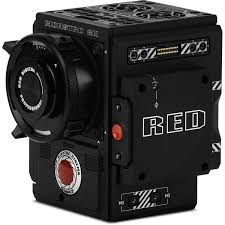Many people nowadays choose to take pictures with a digital camera, but some still like the vintage charm and flexibility of the classic film. The film used in vintage cameras that used actual photographic film was intended to accommodate varying speeds. You’d also use the f/stop to change the shutter speed on the camera.
So, when we refer to film speed, we’re talking about the sensitivity of a film to lighting. It simply relates to sensitivity to light in digital photography: the greater the number, the more responsive it is. Each film speed is better suited to a specific form of photography.

The slower the speed, the longer the light exposure is required to generate image density. Higher film speeds need less exposure but often have lesser quality in the shape of grain and noise. Noise and grain are anomalies in visual brightness and color; they resemble ” snow ” covering a tv set. The ISO system is used to measure them.
What Is Film and How Does It Work?
Photographic film is essentially a clear plastic strip coated in a gelatin emulsion. The emulsion comprises tiny crystals that are highly light-sensitive. When the crystals are temporarily exposed to light, they generate an opaque image, known as a latent image, in the emulsion.
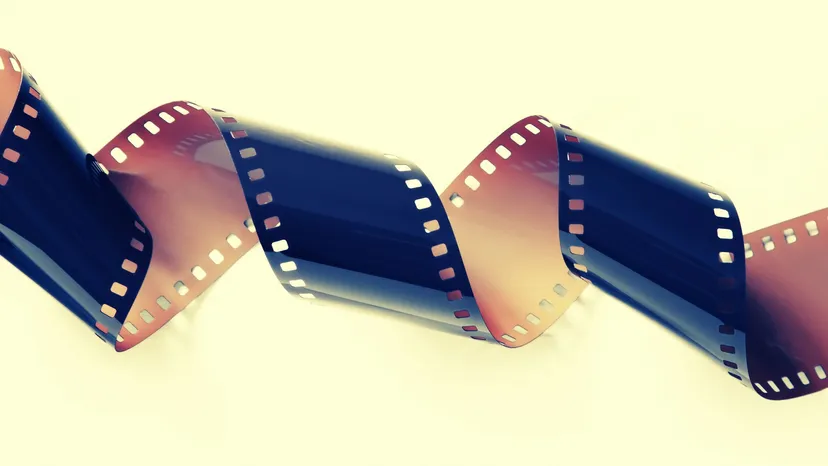
When the film is developed, the latent image becomes visible. As the film is immersed in a sequence of solutions, a chemical reaction occurs in the crystals, causing the picture to become visible and the crystals to lose their sensitivity to light. As a result, the developed film is negative because the procedure inverts the image’s darkness and light tones.
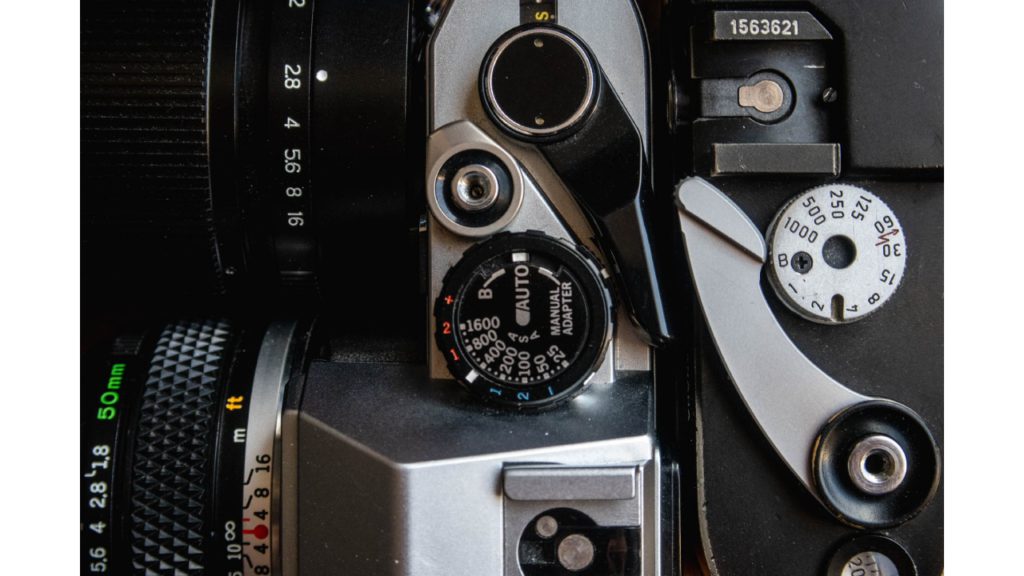
Therefore, the negative is scanned at a high quality and inverted once more to produce positive photos. The photographs can now be reproduced on photographic plates or utilized digitally. Reversible or slide film, which creates a positive image immediately after processing, is also applied. Negative and reversal movies are still made and marketed in both color and black and white today.
What is ISO Film Speed?
ISO is a critical setting that influences how bright your image will be. It’s useful since it allows photographers another way to adjust their exposures. It was named after the International Standards Organization, established in 1988.
The way ISO works in film and digital cameras differs slightly. Therefore, this post’s first and most crucial section will cover ISO in digital cameras.
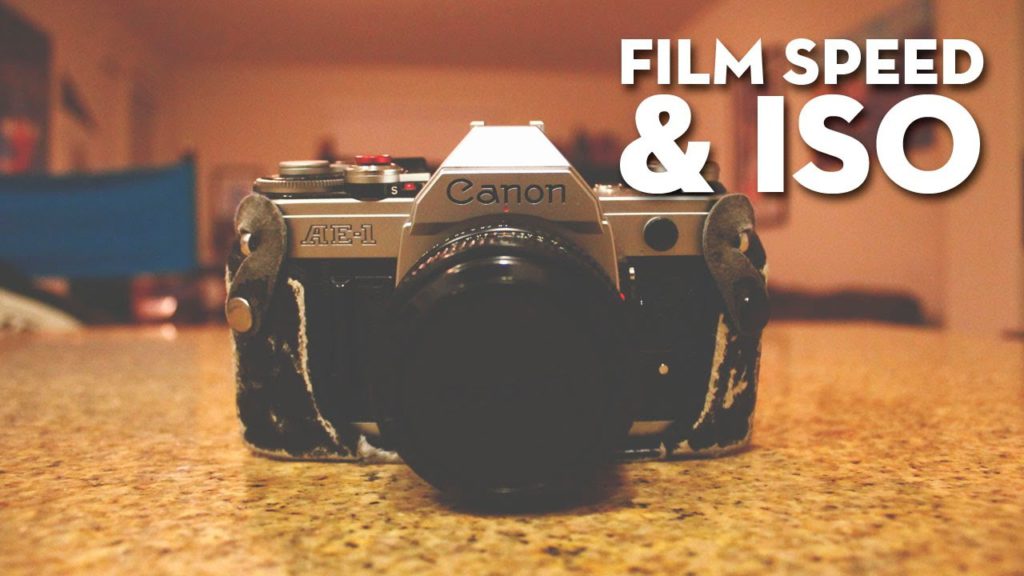
In contrast to shutter speed and aperture, ISO does not alter the amount of light entering the camera when lightening or darkening the image. Instead, it governs how the camera reacts to the predetermined light intensity after complete exposure. As a result, ISO determines the sensor’s sensitivity or film in general.
Hence, it is not officially an element of exposure. However, in all practical situations, we’d be better off considering it as such.
A Brief History of the ISO Standard in Photography
The International Standards Organization (ISO) is a global organization composed of officials from respective national standards organizations. This is where the name ISO comes from. It was founded in 1947, and its headquarters are in Geneva, Switzerland.
Since the invention of photographic emulsion, various countries have attempted to impose standards. This was done so that photographers would know what kind of sensitivity to predict from the film.
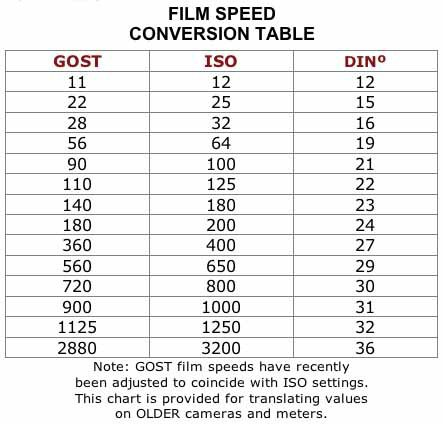
Several companies and institutions attempted to devise a strategy for categorizing their films in the most straightforward way possible. This was the early method of determining what we now refer to as film speed.
Several standards were explored before deciding on what is currently known as ISO in photography. The following are the most notable:
Hurter and Driffield
These two have been researching dispersion sensitivity since 1890. It was the industry standard until 1928. Their technique used an inverse categorization and exposure system. The more significant the number, the less exposure the emulsion requires.
GOST
This was the Soviet Union’s standard from 1928 to 1951. They then substituted it with the GOST system, which was the Eastern equivalent of the ASA system.
The DIN
Deutsches Institut für Normung – was established in 1934. They are classified using degrees. A 3° difference in temperature might be either dual or half the sensitivity.
ASA
The American Standards Association (ASA) was founded in 1943. According to a linear scale, 400 ASA is twice as quick as 200 ASA, while 100 ASA is half as quick as 200 ASA. When the globe embraced the ISO photography standard in 1988, these film categories were preserved.
What Is the Purpose of ISO?
We use ISO because the two main exposure settings, shutter speed, and aperture, do not provide enough flexibility to get a perfect image in all situations.
Shutter speed and aperture can both be used to modify exposure, but they do have significant side effects. The shutter speed controls motion blur. The gap determines the focal length and the clarity of the image.
You can’t easily blend any shutter speed with any aperture values if you only have these two. As a result, the photograph would be under or overexposed, and it would rarely be correct.
So, ISO was invented to manage brightness independently of the other two by adjusting the sensitivity to a light source and the grain quantity on the image.
ISO Stops
ISO can be quantified in exposure value stops (or stops). The ISO scale on a camera is similar to the shutter speed. When it is doubled, the exposure is also doubled. Therefore, a stop in ISO signifies that the light is folded or cut in half compared to the preceding stop.
They are inversely proportional to one another. A low ISO value produces a dark exposure, while a high ISO produces a bright exposure. It’s less complicated than the aperture.
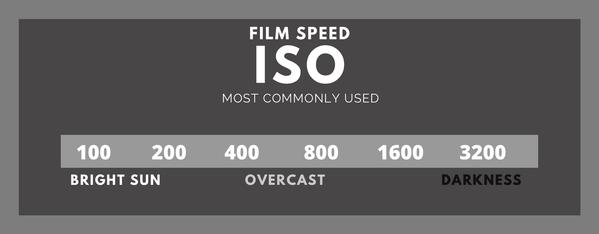
ISO 100 is the most common starting point. This is the darkest, lowest setting, often known as the basic ISO. ISO 200 is twice as bright as ISO 100, and ISO 400 is twice as efficient as that. Thus, ISO 100 to 400 has two stops, ISO 100 to 1600 has four stops, and so forth. This series continues, although it has practical limitations. The exact location of that restriction varies from camera to camera.
However, we may generally utilize ISO 6400 to 25600. This equates to an additional 6 to 8 stops of brightening potential. In other words, you can expose adequately for an environment that is 64 to 256 times darker than the default option.
Even greater settings are available in newer digital cameras, but they degrade image quality to the point where they are worthless. There will be more on this later.
Most cameras provide more precision than merely full stops for ISO settings. All exposure factors are more likely to be modifiable in 1/3 stop increments.
ISO Speeds and When To Use Them?
| Film Speed | Examples of use |
ISO 100 “slow film” | Anything bright and clear: inside when a flash is required, or outside in bright sunshine. |
ISO 200 “medium film” | General use: Inside when a flash is required, and outside with adequate light. |
ISO 400 “fast film” | When there is very little light available: When the sun isn’t shining too brightly, dusk/dawn, and indoors without a flash. For example, if the subject is traveling quickly. |
ISO 800, 1600 “fast film” | Low-light environment: Indoors without light, objects moving quickly. |
Slow film speeds (such as ISO 100) are less light-sensitive than other film speeds, requiring a more prolonged exposure to light to produce a picture. On the other hand, the slow film has the advantage of creating a considerably sharper image. Therefore, you should always use the lowest film speed available.
A fast film speed (such as ISO 800) is highly sensitive to light and can be exposed for a short period to produce a photograph. Although it can be grainy, it’s useful for low-light situations or fast-moving subjects. Low-light settings will have a brighter image than the 100 film speed, but it will appear overexposed on a bright sunny day.
The ISO numbers correspond to the length of time it takes to capture an image, which doubles with each increment, so 800 films would take 1/8th of that ISO 100 film would take to capture the same idea. Therefore, ISO 800 film is eight times as sensitive as ISO 100 film.
Example of a high ISO speed shot
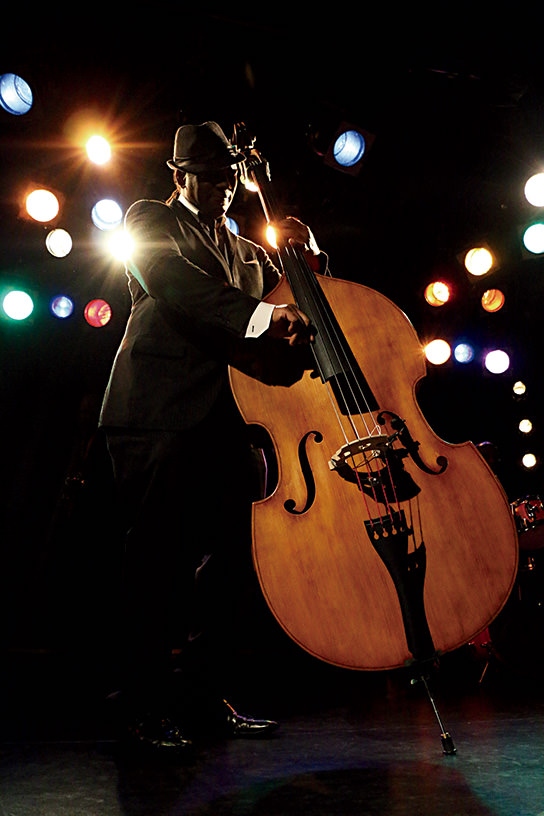
In this example, the performer’s movement is “frozen” due to the usage of a fast shutter speed. Therefore, there’s no use for the flash. This example is a low-light scene shot with a high ISO setting.
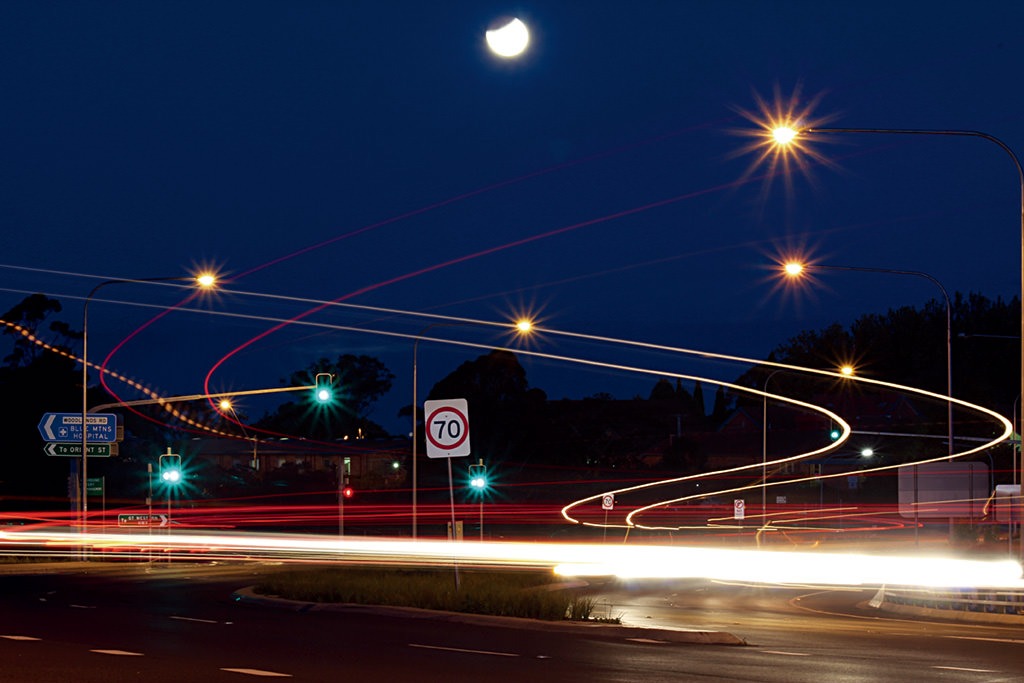
In this case, the photographer has used a low ISO speed. This, along with a narrower aperture, allowed him to obtain a slower shutter speed. A slow shutter speed distorts the light from the automobiles’ headlights and taillights, resulting in light trails.
What Film Size Should Be Used?
In photography, format usually refers to the size of the film you’re using (or, if you’re shooting digitally, the size of the camera sensor). Because film cameras can only use the precise size of film specified for them, the format you choose is determined by your camera.
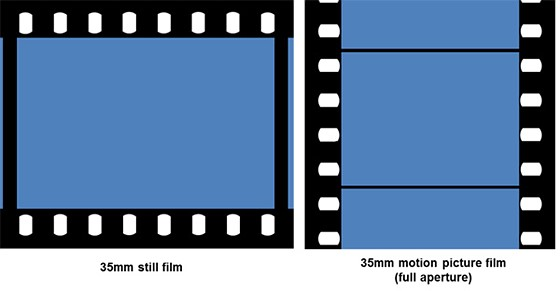
The most common and extensively produced format is 35mm film. If you already have a camcorder, this is most likely the film size it takes. Technically, 35mm film is 36mm wide (24mm long). There are apertures along each end of the film. It allows the camera to grip and wind the film. As a result, the effective width of each exposure is 35mm.
Other sizes include 120 mm or moderate format film (60.7 x 61.7mm) and large format film (60.7 x 61.7mm) (90 x 120mm). The greater the size of your film, the more quality you will obtain in your photographs. As a result, medium and large-format pictures generate higher-quality images.
Camera Sensor and Film Size Explained
What is Film Grain?
Earlier, we mentioned film grain many times in the article, but what exactly is film grain? The irregular physical texture created by minute metallic silver particles seen on developed photographic celluloid is film grain. This, also known as granularity, can vary in size not only due to its unpredictable nature but also due to the picture’s size-reducing or expanding “grains.”
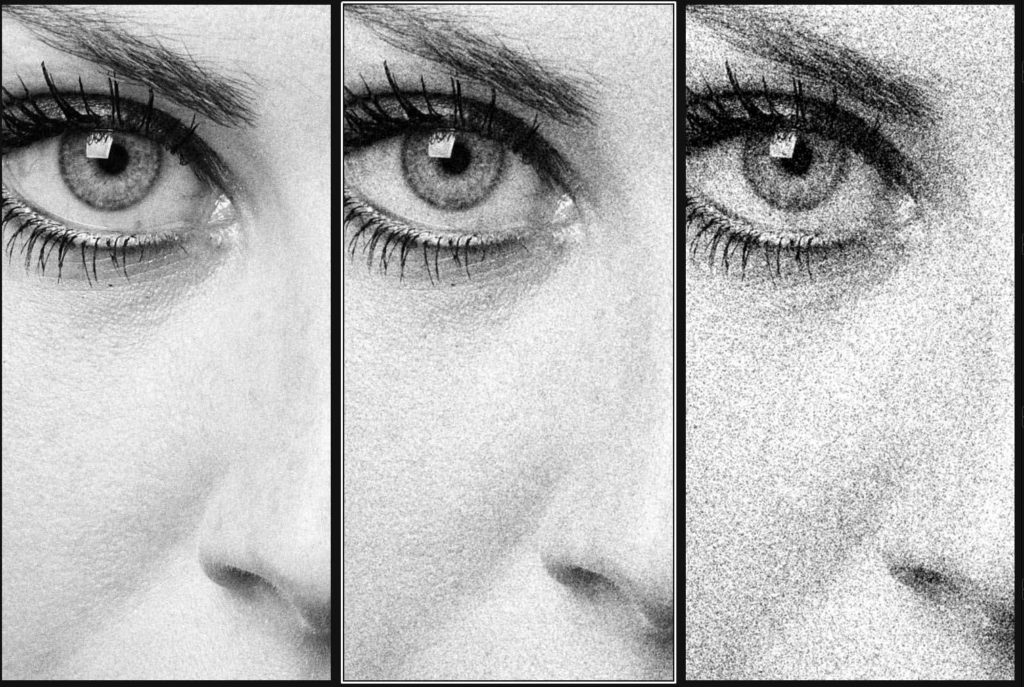
Image Source: learn.captureone.com
In a world where everything is taken digitally, “clean” photos with high resolution and precise edges play a crucial role. However, one of the essential elements lost for many filmmakers and fans mourning the demise of celluloid is something we’ve almost forgotten: film grain. Celluloid film has individuality, depth, and dynamics because of the textured quality of cinematic film grain. The irony is that, now that digital filmmaking has practically achieved the “clean” image, some filmmakers are incorporating film grain complexity in post-production.
Film Grain: What Is It and How To Emulate It?
How to Include Grain in Post?
Based on who you are and what you want to achieve, you may regard grain as “really cool” and something that might help you increase your output. There are choices for putting grain to your photographs, whether it’s a photo that might use some additional texture or if you want to imitate a specific aesthetic.
Many popular technologies, such as Adobe, allow filmmakers of diverse backgrounds to add grain to their films. While it is ultimately an artistic choice, it is also one that current filmmakers should make. So, why can’t the rest of us use it with our digital cameras if the bigwigs in Hollywood can?
How To Add Grain In Photoshop?
Film Speed Exposure Index (EI)
A film speed’s exposure index (EI) rates a specific film that differs from the standard ISO film speed. For example, in what is known as pushing film, a 100 film speed could be used as a 400 film speed. A 400-speed film, on the other hand, can be processed as a 100-speed film in a technique known as pulling the film. By adjusting the ISO film speed to the EI speed, the photographer can speed up or slow down a specific film. The shooter can gain one or two stops to produce decent negatives in minimal or motion situations when pushing film.
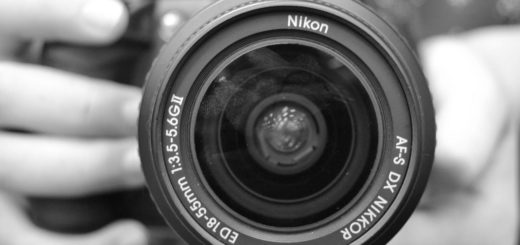
Image Source: guidetofilmphotography
The EI film speed setting can also be adjusted when a camera’s shutter is out of sync and consistently overexposed or underexposed the film. There may also be instances where the light meter reads incorrectly. To account for these flaws, the photographer may alter the EI rating. For example, the photographer underexposes the film by forcing the EI rating to be quicker than the ISO speed (pushing film). When the EI rating is forced to be lower than the ISO rate (pulling film), the film becomes overexposed. It should also be noted that if a photographer alters the EI rating, the film will need a different growth time to develop the negatives carefully.
How To Expose SLOG3 Using Exposure Index?
Why Adjust the EI Film Speed?
- Accidents occur. If you accidentally load 100 ISO film into your camera and neglect to modify the ISO setting, leaving it at 400, you can still shoot and save the movie.
- Don’t have the correct film. There may be many instances where you require a faster film but only have slower films available. You can accelerate the slow film to a faster EI speed to boost indoor exposures or aid with motion photography. You might also wish to slow down the film to catch blur motion or other elements.
- Contrast: Reducing the film speed can help lessen the extreme difference compared to high contrast locations when there is a lot of shade and intense light. Raising the film speed, on the other hand, might add contrast.
- Grain: This is not for everyone, but pressing the film will assist achieve the grain linked with faster films. The look appeals to some photographers.
In conclusion
Film speed is crucial and can make or break a shot. Of course, there are variations to the above principles, and experimenting can undoubtedly produce remarkable and unusual results. Still, the truth remains that the film speed you select will have a direct impact on the success and density of the image you take, whether you’re photographing digitally or on film.






